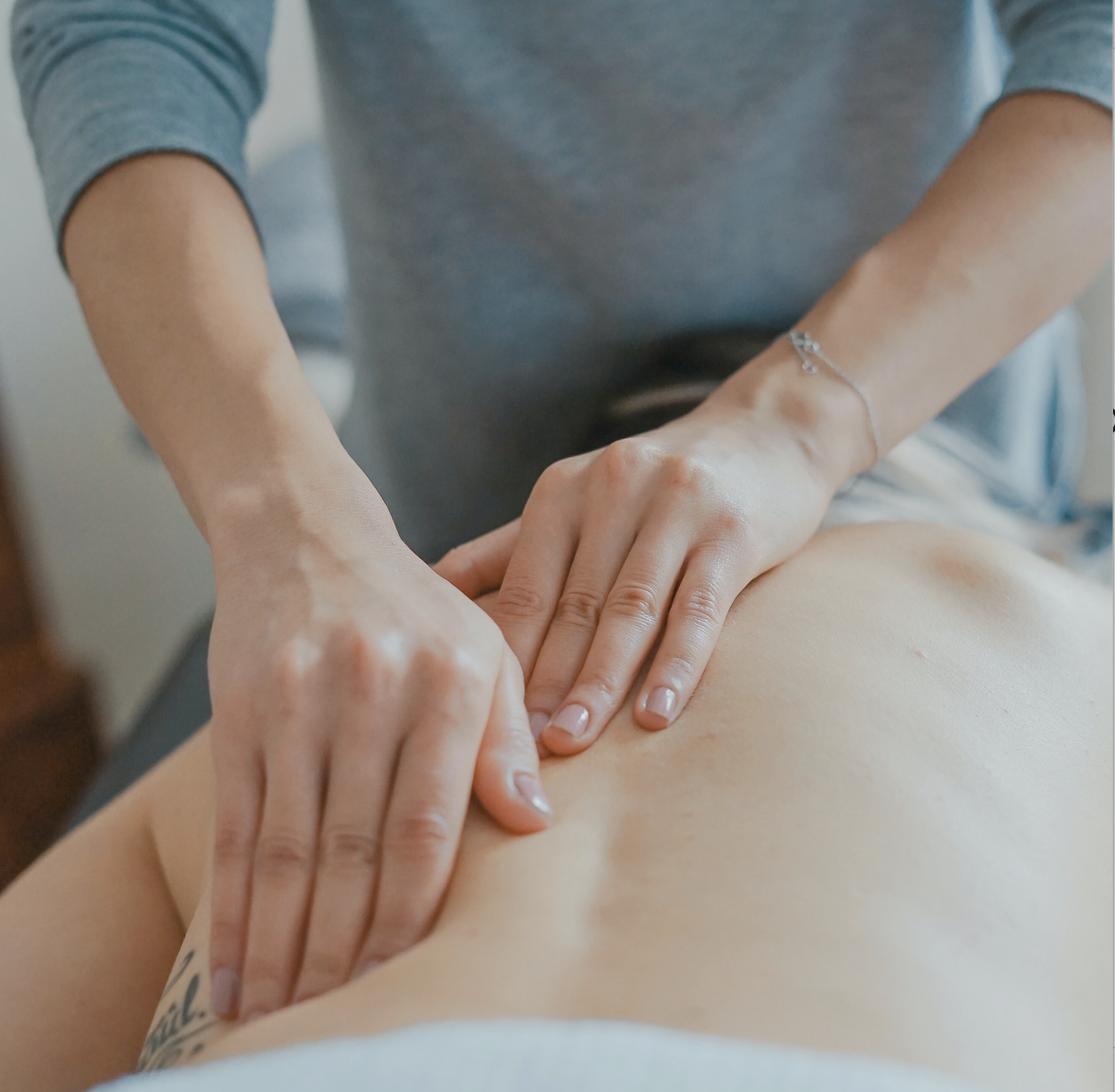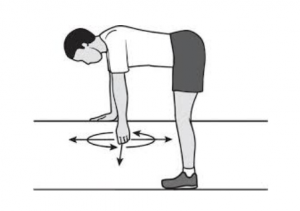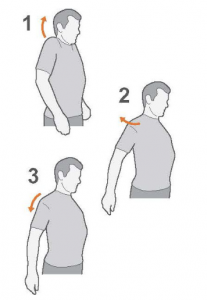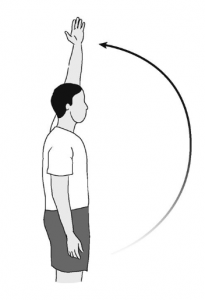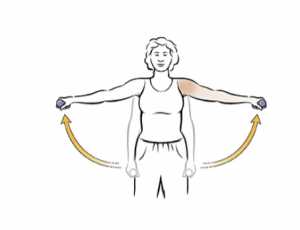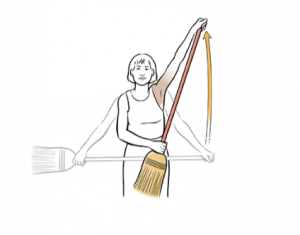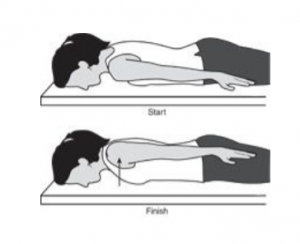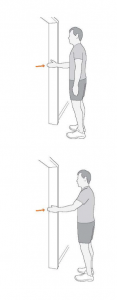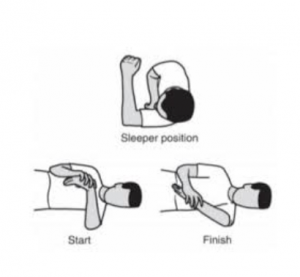How to improve your posture and rounded shoulders
In our latest blog we explain how to improve your posture and rounded shoulders, one of our most common patient complaints.
The term rounded shoulders is used to describe a resting shoulder position that has moved forward from the body’s ideal alignment. In Rounded Shoulders, there is an imbalance of tension between the muscles that pull the shoulder blades forwards and the muscles that pull the shoulder blades backwards. It generally involves the scapula being in a position of Protraction:
- Lateral glide
- Anterior tilt
- Internal rotation
The hunched postures you continually adopt throughout the day disrupts the normal balance of muscular activity in your shoulders.
Daily tasks that may contribute to rounded shoulders include:
- using a smartphone or tablet
- using a computer or laptop
- sitting for long periods
- driving a vehicle
- bending over repeatedly
- carrying heavy objects all day
Rounded shoulders are part of overall bad posture, and they can get worse if left untreated.
The good news is that, in most cases, rounded shoulders can be easily fixed or prevented.
Just as the muscles and joints have been trained to hunch forward, they can be retrained to find the correct resting position.
How to improve posture:
- Door chest stretches
- Shoulder blade squeeze
- Wall stretch
- Cat and camel poses
- Lateral side stretch
- Planks
- Pulls ups or seated rows
How Physiotherapy Can help to improve your posture:
Here at Total Restore Physiotherapy we can provide a postural assessment, advice about your posture, hands on treatment to release the affected muscles and exercises to help you improve your posture. The advice will be specific to you and therefore will consider your occupation, and other factors/activities. This will allow you to implement our advice into your day.
Get in touch
If you are suffering from bad posture and rounded shoulders and want to know how to improve your posture, then give us a call on 0161 8333008 and make an appointment with one of our Physiotherapists. We are located in the city centre in the Royal Exchange Building just off St Ann’s Square.

